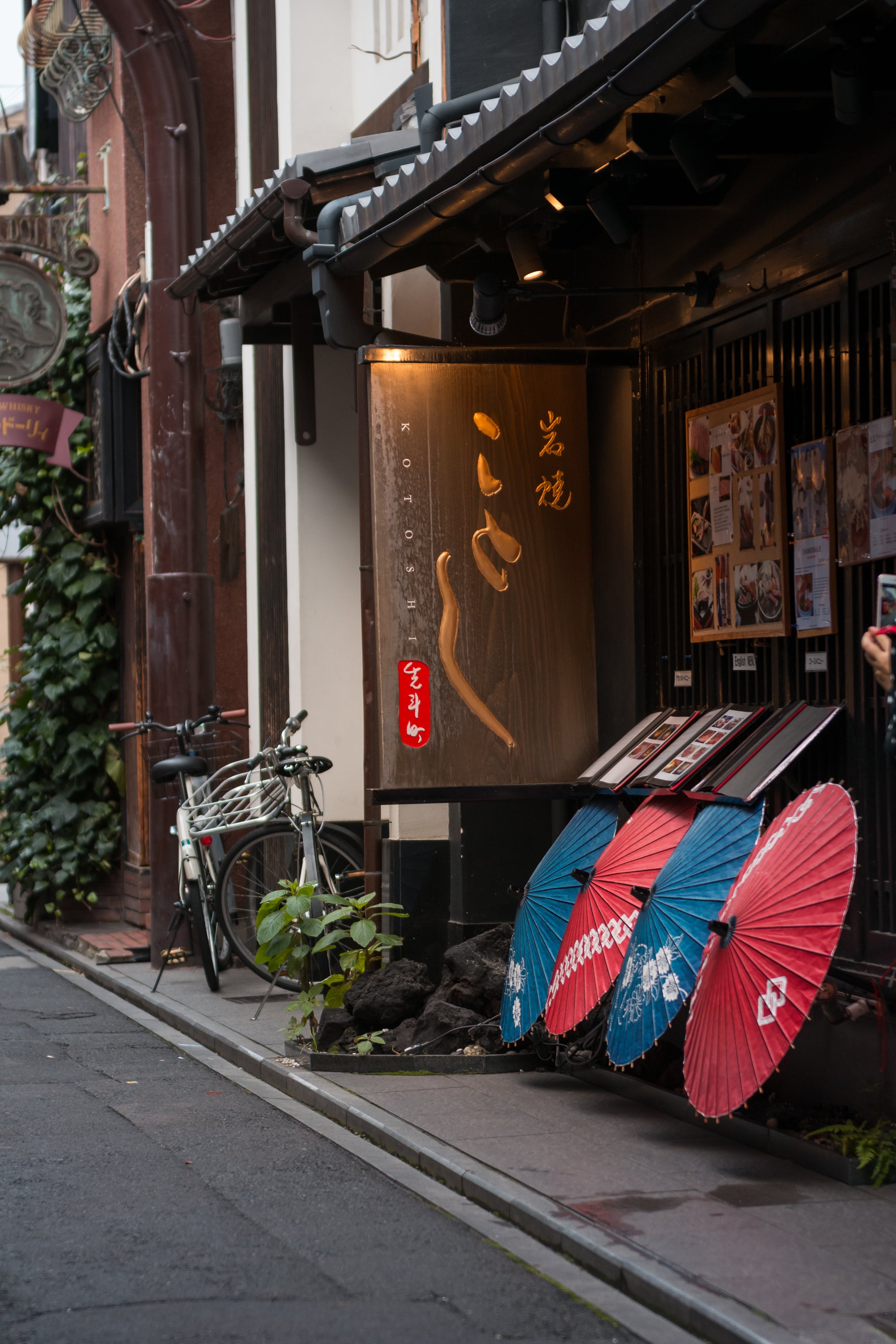WABI SABI | THE JAPANESE ART OF IMPERMANENCE
Taken from the Japanese words wabi, which translates to less is more, and sabi, which means attentive melancholy, wabi sabi refers to an awareness of the transient nature of earthly things and a corresponding pleasure in the things that bear the mark of this impermanence. As much a state of mind—an awareness of the things around us and an acceptance of our surroundings—as it is a design style, wabi sabi begs us to appreciate the pure beauty of life—a chipped vase, a quiet rainy day, the impermanence of all things. Presenting itself as an alternative to today's fast-paced, mass-produced, neon-lighted world, wabi sabi reminds us to slow down and take comfort in the natural beauty around us.
In addition to presenting the philosophy of wabi-sabi, this book includes how-to design advice—so that a transformation of body, mind, and home can emerge.
Chapters include:
- History: The Development of Wabi Sabi
- Culture: Wabi Sabi and the Japanese Character
- Art: Defining Aesthetics
- Design: Creating Expressions with Wabi Sabi Materials
- Spirit: The Universal Spirit of Wabi Sabi
Andrew Juniper provides a fascinating explanation of wabi sabi, taking the reader from the art's fifteenth-century Japanese origins to its modern-day practical applications. The book is peppered with photographs and illustrations that demonstrate how wabi sabi can help provide an alternative to the fast-paced, mass-produced, neon-lit world of today. He lives in Sussex, England where he runs the Wabi-Sabi Art Gallery.





























